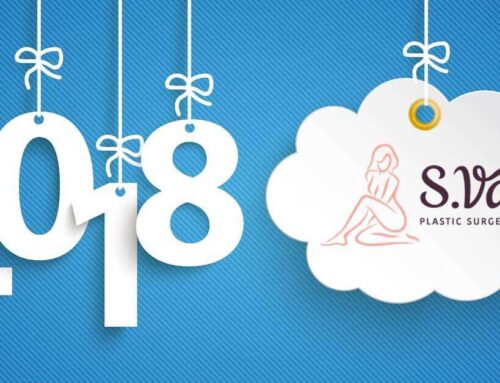I’ve had to tell many people before that their loved one didn’t make it. During six years of general surgery training and while rotating at several level one trauma centers, that became the norm. I’ve participated in and supervised several codes both in and out of the operating room. Often times after pronouncing the patient, I would go down to the morgue and schedule to be present at the time of the autopsy. I often wanted to see what the stab or gunshot wound did to the body that prevented us from saving the patient’s life. Other times I went to see what the organs of a septic patient looked like.
My interest in trauma led me down the path to plastic surgery. Three years of plastics training helped me understand facial anatomy enough to enjoy having to come in and fix severe facial fractures. I enjoyed closing laceration after the patient had been stabilized and the life or death situation had be contained. I enjoyed finding unique ways to close wounds and help patients become functional with restoration of form. But before the fracture, before the wound and before the restoration of form, the most important thing that I learned to ensure was that it was safe to operate. That meant understanding that just because the operation could be performed doesn’t mean that it should be.
Plastic surgery patients, like trauma patients, are usually young and healthy so it’s especially difficult having to speak to their family members when something goes awry. When I read about young healthy patients dying of complications of cosmetic surgery, I am always saddened and always wonder if all I’s were dotted and Ts crossed. When I hear that the surgeon wasn’t a true surgeon and the patient didn’t even know that, I’m saddened by the lack of attention by both the practitioner and the patient.
Getting information these days is easy. I remember one of my attendings in 2009 looking at a group of residents in a conference room with pure disappointment when we couldn’t answer a simple question. “How much blood will make the guiac positive,” he had asked. With no reply, he shook his head. “You can just Google it,” he said, in his polite Lebanese accent. Today, more that ever these 5 words couldn’t be more true. It is far easier to learn of the credentials of your physician today they 10-15 years ago. When considering aesthetic surgery, a surgeon well trained in the procedure is a must as well as one who can not only identify but properly treat any complications that may arise. If you are not sure where they trained…
“you can just Google it.”
Time and time again we hear these stories of negative outcomes at the hand of an untrained provider or physician. The reasons we continue to hear these stories is because of one thing…money. The provider trying to capitalize on the cash pay cosmetic business and the unsuspecting patient trying to save money on an aesthetic procedure.
Plastic surgery is not the time to try to save money. Like I have said time and time again, save money on a cute pair of shoes, a name brand handbag or a fancy watch; not on your plastic surgery. And definitely not when done by a COSMETIC surgeon. At the end of the day, you need to know that your surgeon is a real surgeon trained in aesthetics. You need to know that they are truly passionate about the procedure that they are performing on you and have the skill set and confidence to get you through it.
Just remember it’s okay to ask, even if they seem to be a smooth operator…







Leave A Comment